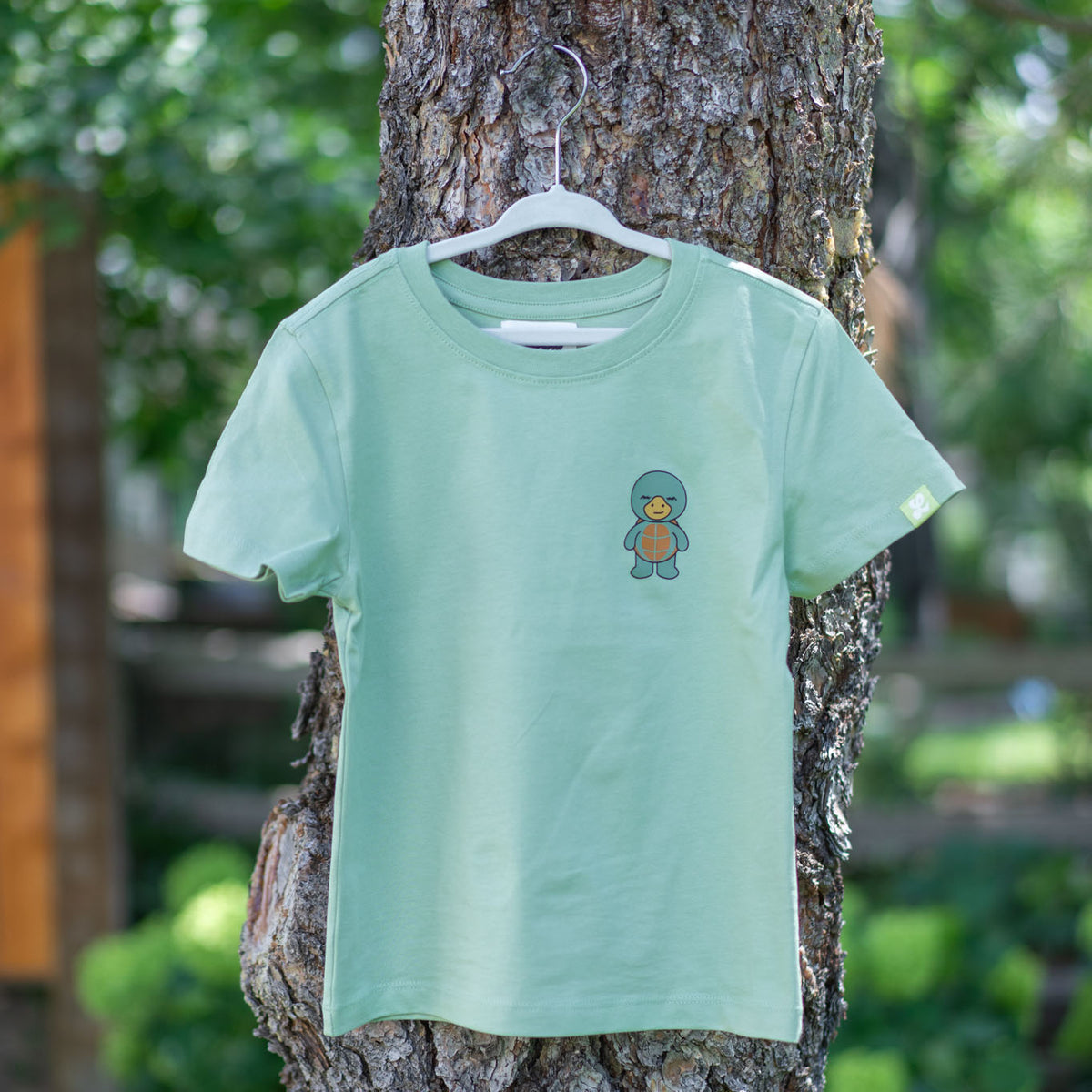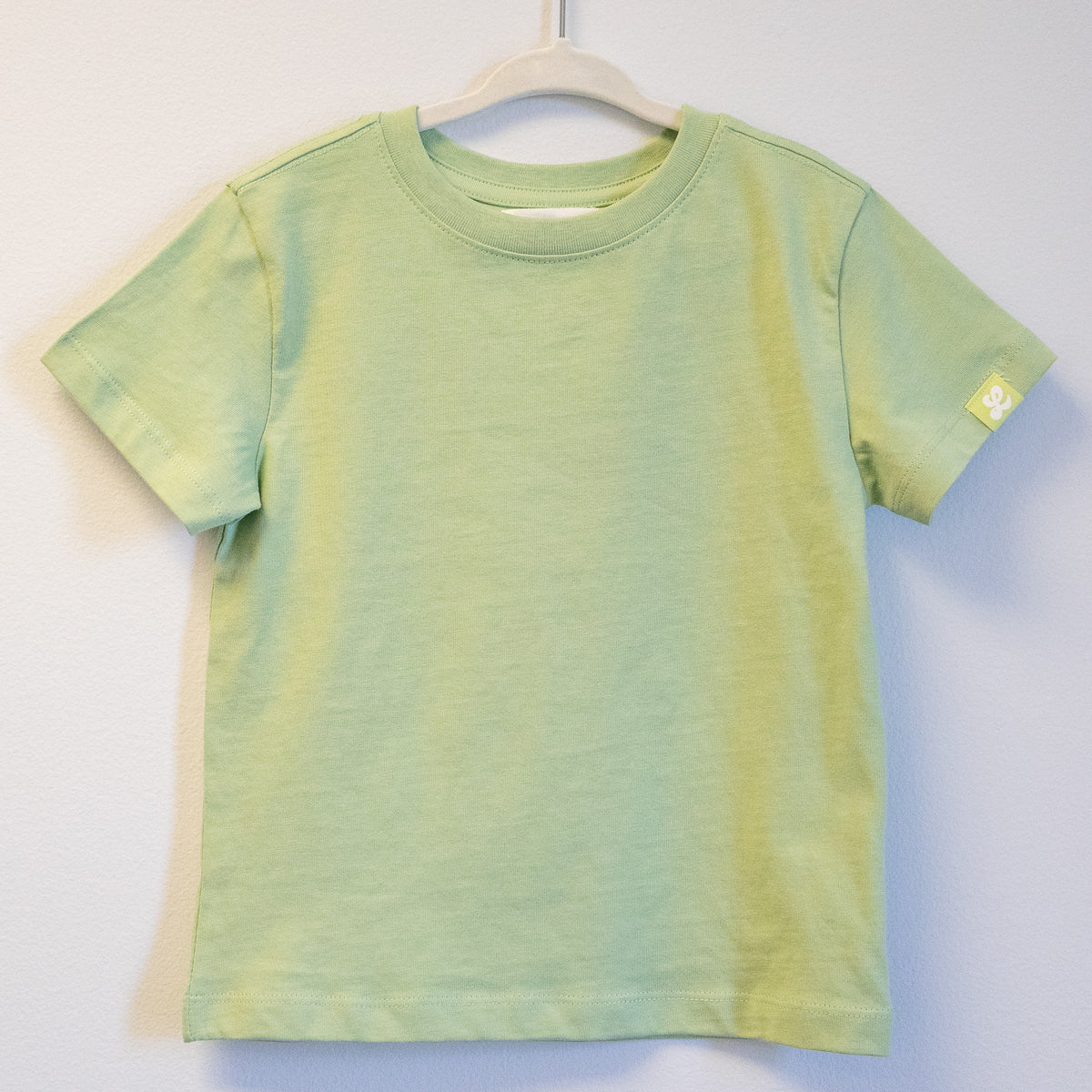Did you know the average American consumes between 74,000 and 121,000 pieces of microplastics a year? Which is a staggering number, and it might leave you wondering: what the heck are microplastics, and how do they end up in our bodies? Well, let’s start with the first question.
Microplastics are tiny plastic fragments, less than 5 millimeters long (less than a quarter of an inch). These miniscule bits of plastic have infiltrated nearly every corner of the planet, from the bottom of Mariana Trench to the peak of Mount Everest. Because they're so widespread, they inevitably find their way into our bodies through the foods we eat, the fluids we drink, and even the air we breathe.
One major problem with microplastics (and plastic in general) is their slow biodegradation. It can take hundreds of years for a single piece of plastic to fully decompose. Which is obviously a major concern not just when it’s in the environment, but also you think of it entering our bodies. While research on the effects of microplastics on humans is still ongoing, a recent study from The New England Journal of Medicine have linked them to an increase in the risk of heart issues and strokes. So it's probably safe to say we all want less of these tiny plastic bits floating around.
Unfortunately, the fashion industry is a significant contributor of microplastic pollution, with some estimates claiming 35% of microplastics in the ocean originating from clothing. Microplastics from textiles and garments, often called microfibers, are thread-like plastic fragments that come from clothes made of synthetic fabrics such as polyester and nylon. And the shedding of microfibers happens throughout a garment's life cycle. Even before reaching your closet, microfibers are released during various stages of manufacturing: when plastic pellets are transformed into synthetic fabric, when those synthetic fabrics are dyed and treated, and when they’re cut and sewn to create the garment. This "pre-consumer" process alone releases a staggering 265 million pounds of microfibers annually.
But the shedding of microfibers doesn't stop there. Every time we wear and wash these clothes, microfibers continue to be released. A single laundry load can produce millions of microfibers that eventually get flushed into the water system. And while water treatment plants can capture a significant portion of microplastics, (some even up to 99% to prevent them from entering rivers and oceans), the sheer volume of these tiny plastics remains a problem. Laundry alone ends up adding half a million tons of microfibers into the ocean every year.
So, what can you and I do as individuals to help reduce the amount of microfibers that get released into the environment? There are a number of things including adding filters to your washing machine. But one of the most effective things to do, which doesn’t require much of a habit change, is to opt for clothing made of natural fibers such as cotton and wool, instead of polyester and nylon.
That said, I understand that immediately replacing your synthetic clothing might seem unrealistic as these fabrics do offer advantages like moisture-wicking, stain resistance, and affordability. And it’ll be hypocritical for me to ask that of others given I have items made of synthetic fabric in my own closet. But, whenever possible, by prioritizing natural fibers (preferably organic natural fibers), we can collectively start to make a difference in reducing, and hopefully one day eliminating, microplastic pollution.
Join our community and stay in the loop for updates by dropping us your email below.


